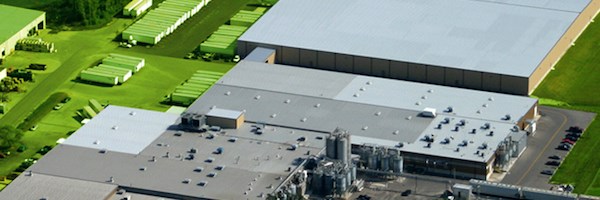Proprietary barrier pits PET against PP/EVOH packaging
Can PET paired with a proprietary scavenger technology displace PP/EVOH barrier packaging in common food applications?
Mullinix Packages Inc., Fort Wayne, Ind., was an early mover in the thermoformed PET packaging space, helping pioneer the use of CPET in the early 1980s, according to Tim Love, VP sales and marketing at the company.
Speaking at this year’s Packaging Conference, Love detailed Mullinix’s work to further advance PET, pairing it with a proprietary oxygen scavenger developed with packaging innovator, Boh Tsai, a holder of patents at American Can, Amoco, and Ciba, helped to create “glass-clear” packaging that can maintain zero oxygen permeation for more than 4 years. Even at that point, the company says the amount of headspace oxygen is still lower than the initial oxygen.
Love said Oxy Rx prevents oxidation of foods and drinks, protecting flavor, with clarity for low-temperature APET applications, as well as the ability to be crystallized into an opaque package that can withstand retort sterilization of 260 F and microwave and conventional oven reheating to 400 F. In addition, the packaging is still recyclable in the PETE recycling stream.
Among its other novelties is a “designable” shelf life of anywhere from 4, 12, 18, or 24 months. The gaudy zero-oxygen-permeation-over-4-years test results were actually achieved in a package with a very high surface to volume ratio and fairly thin (20 mils) sidewalls. Perhaps most novel: that that barrier can be put on hold until its needed.
“We can create a dormant state,” Love said. “We can put [Oxy Rx] to sleep for a period of time until it needs to be used. That way, we're saving the capacity for that scavenger to be effective.” In one slide, Love showed testing where the packaging didn’t start consuming oxygen until after 14 days in inventory.
Love said there are some limits to the “incubation period,” but that processors have enough of a window to make it practical to build up package inventory prior to filling.
In response to Plastics Technology questions, Love estimated the potential market size for thermoformed PET utilizing Oxy Rx technology at $150 million. At this time, there are no commercial products on the market using the technology, but there are several applications undergoing tests to confirm shelf life. Love wouldn’t comment on the let-down ratio for Oxy Rx, or what percent of a finished sheet it comprises, noting that that information would be proprietary and ultimately depend on the required shelf life.

















